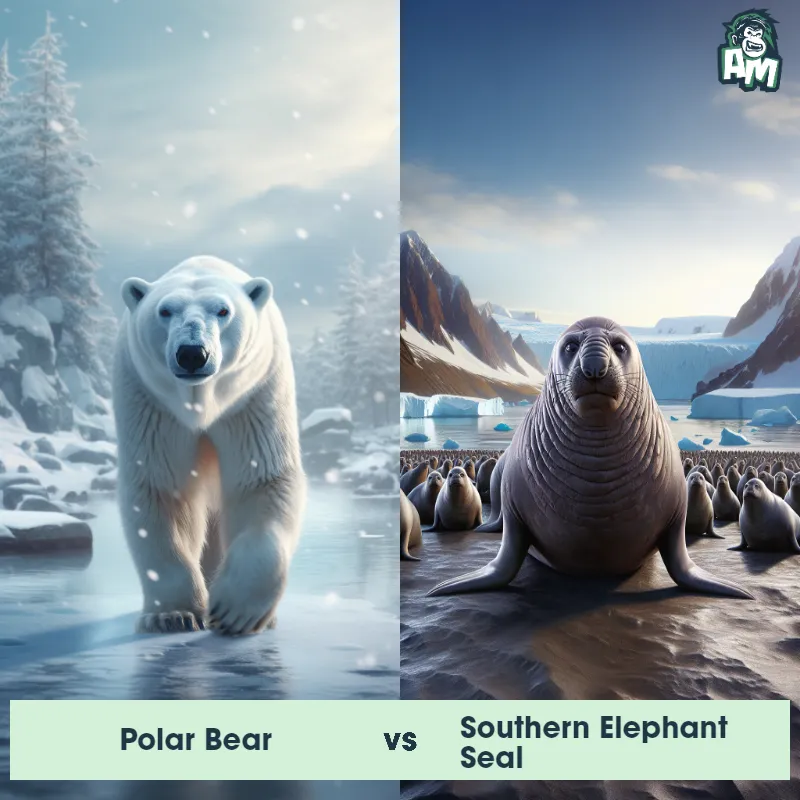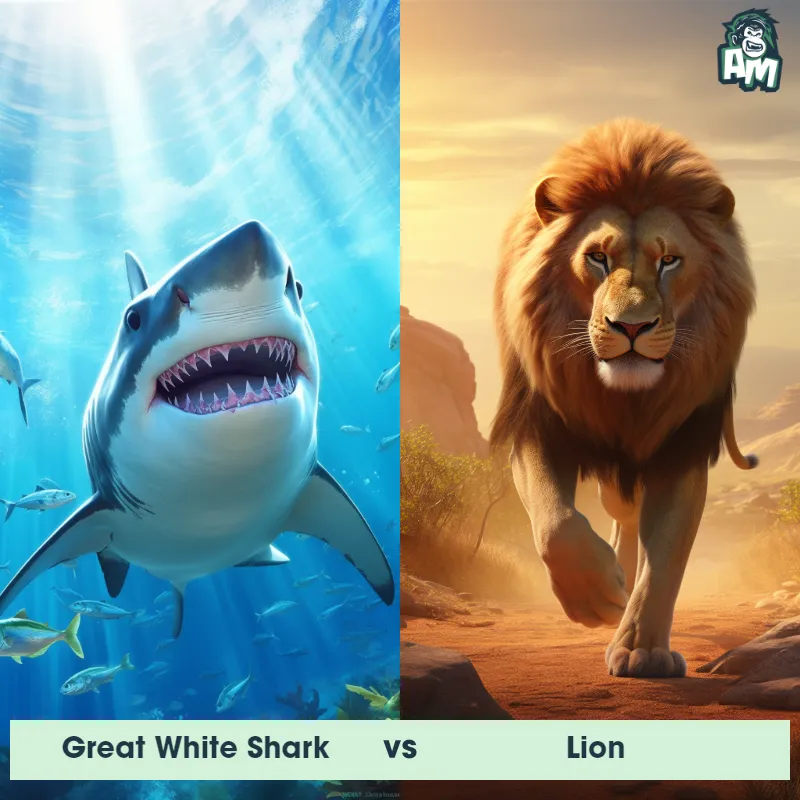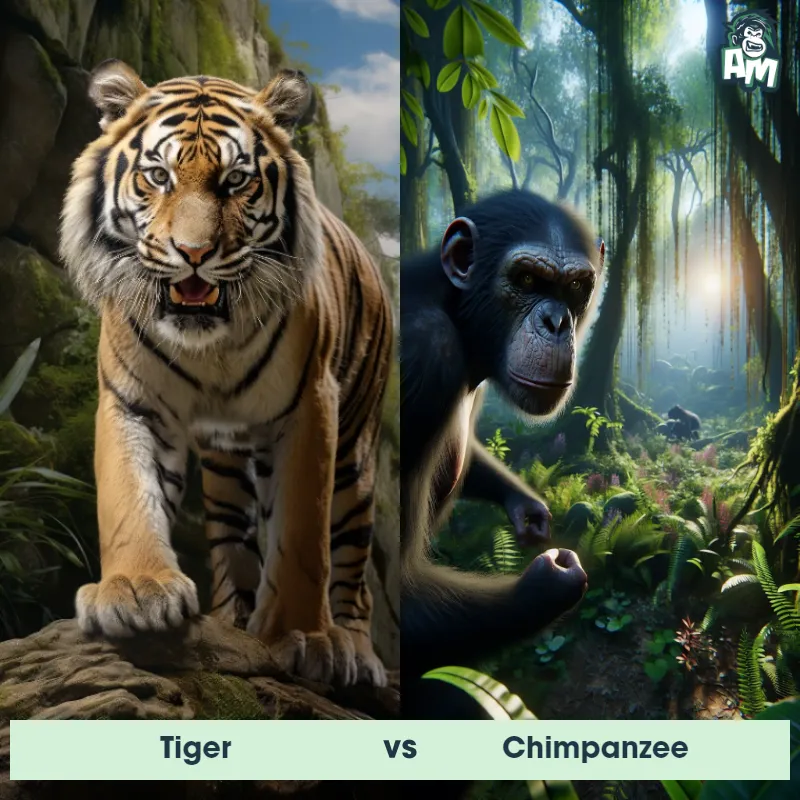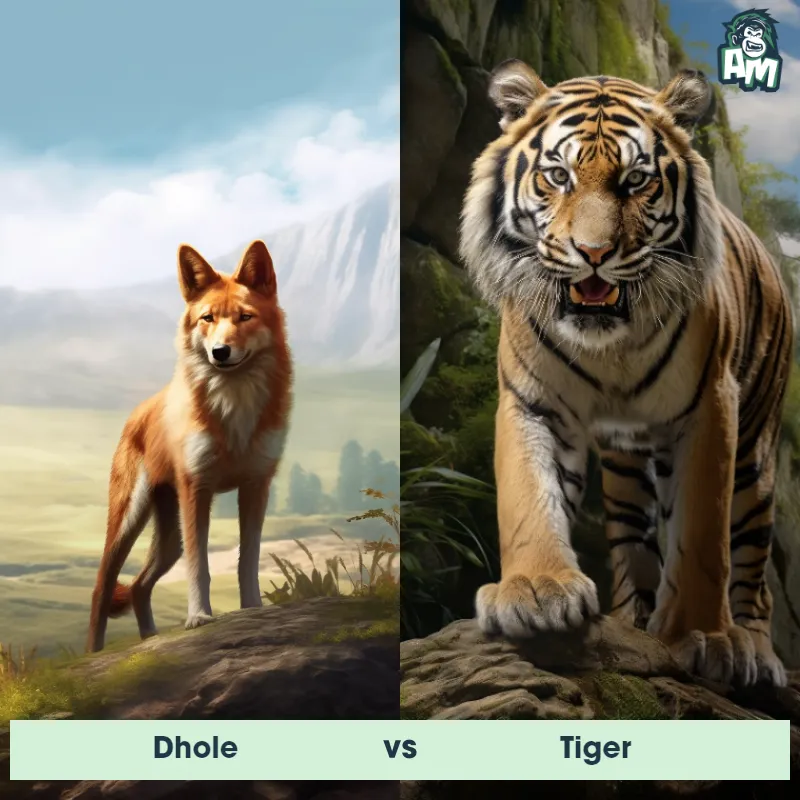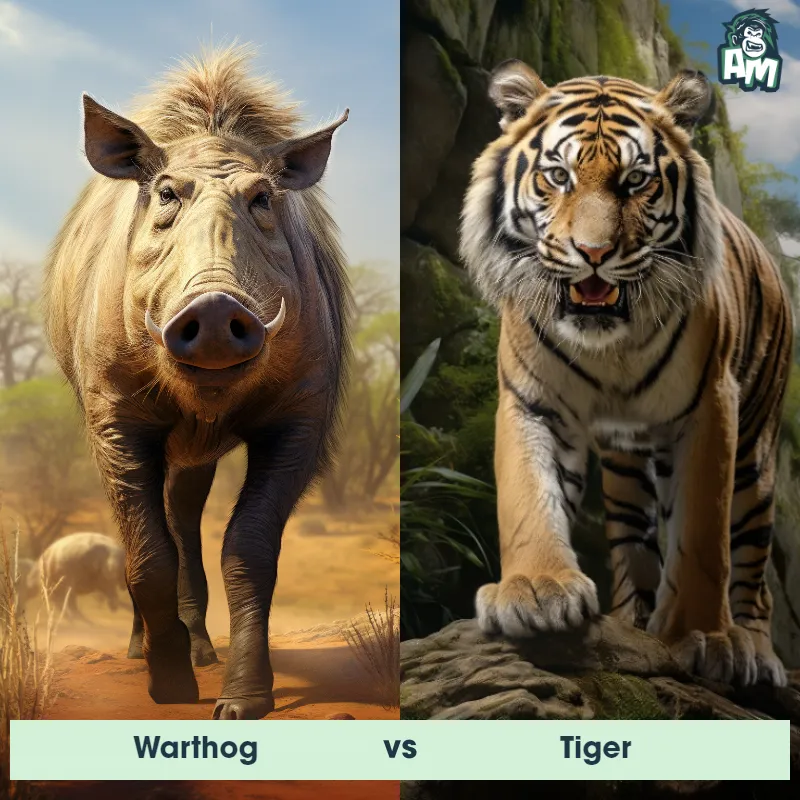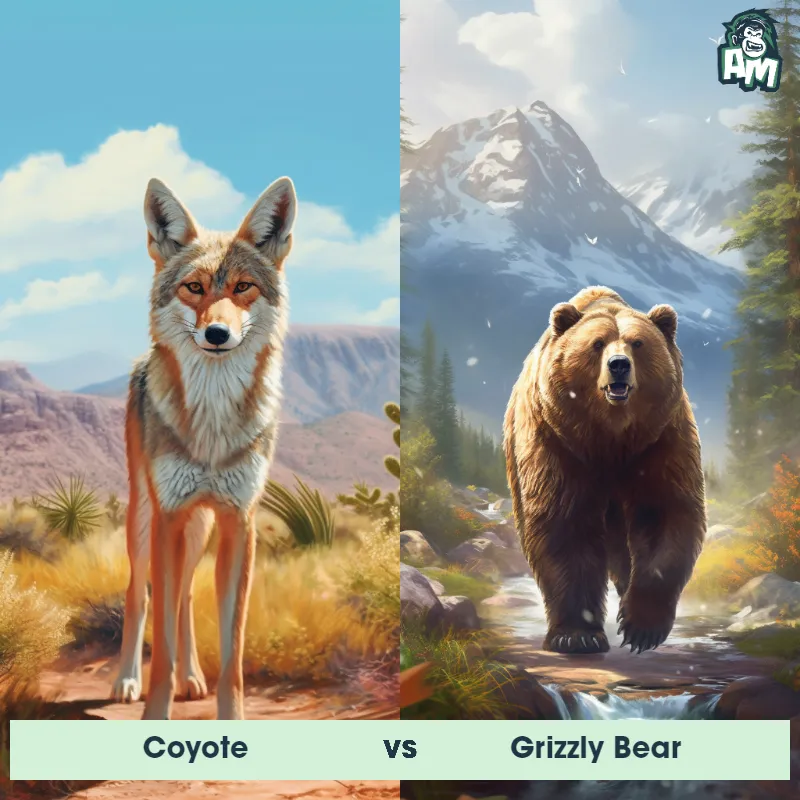Lion vs LeopardSee Who Wins

Ladies and gentlemen, welcome to this epic battle of the felines! Tonight, we have a thrilling matchup between the king of the savanna, the mighty Lion, and the swift and cunning Leopard. These two predators will clash in a three-round fight that promises to keep us on the edge of our seats. Are you ready for the action? Let's dive into the first round!
Contender 1: Lion
The lion, often referred to as the 'king of the jungle,' is a large, powerfully built cat known for its tawny coat and, in males, a magnificent mane. They are native to Africa and a small region in western India. Adult male lions can weigh up to 420 pounds, while females, who are primarily responsible for hunting, are slightly smaller. Lions are social animals and live in groups called prides, which are usually composed of related females, their cubs, and a small number of adult males.
![[object Object] Gif](https://tenor.com/view/lion-yawning-yawn-tired-exhausted-gif-12230852.gif)
Fun Fact: Lions are the most socially inclined of all wild felids, most of which remain quite solitary in nature.
Contender 2: Leopard
The Leopard is a large and powerful carnivorous mammal that is known for its distinctive coat pattern consisting of rosette-like spots. It has a slender body, muscular limbs, and a long tail, enabling it to be agile and swift. Leopards are primarily nocturnal creatures, preferring to hunt during the cover of darkness. They are highly adaptable and can thrive in a variety of habitats, ranging from dense forests to open grasslands. With exceptional climbing skills, they are capable of dragging their prey up trees to keep it safe from other predators.
Fun Fact: Leopards are incredibly strong and possess immense agility, as they are capable of leaping horizontally up to 6 meters and vertically up to 3 meters, allowing them to ambush their prey from above with precision.
Matchup Stats
| Lion | Leopard | |
|---|---|---|
| Size | 4.5 to 6.5 feet long (body length), 3.5 to 4 feet tall at the shoulder (1.4 to 2 meters long, 1 to 1.2 meters tall) | 24-28 inches (60-71 cm) at the shoulder; 5-6 feet (1.5-1.8 meters) in length |
| Weight | Up to 420 pounds (190 kilograms) | 80-160 pounds (36-73 kilograms) |
| Speed | 50mph (80km/h) | 36-37mph (58-60km/h) |
| Key Strength | Powerful build, strong jaws, sharp claws | Powerful jaw and sharp claws |
| Biggest Weakness | Less agile compared to other big cats, dependent on strength and power | Less endurance compared to some other big cats |
Current Votes
Lion vs Leopard
See Who Wins
View More Matches
Looking For More?
Similar Matches
Scientific Stats
| Lion | Leopard | |
|---|---|---|
| Scientific Name | Panthera leo | Panthera pardus |
| Family | Felidae | Felidae |
| Habitat | Grasslands, savannas, dense bush, and woodlands | Variety of habitats including forests, grasslands, and mountains |
| Geography | Africa and a small region in western India | Africa, parts of Asia |
| Diet | Carnivorous, primarily large ungulates | Carnivorous, preys on various animals including ungulates, small mammals, birds, and reptiles |
| Lifespan | 10 years - 14 years | 12 years - 17 years |
Key Differences between Lion and Leopard
- Social behavior: Lions are highly social animals, living in prides composed of several related females and their offspring, whereas leopards are solitary animals, except during mating and when females are raising cubs.
- Coloration and pattern: Lions have a distinctive tawny coat with males having a prominent mane, while leopards exhibit a rosette pattern on their light brown to golden fur.
- Habitat preference: Lions are typically found in open grasslands and savannas, while leopards are more commonly associated with forested areas or dense vegetation.
- Tail appearance: Lions possess a long, tufted tail that ends with a black tuft of hair, whereas leopards have a longer tail with no tuft or only a minimal tuft at the tip.
- Body shape: Lions have a stockier build with a robust chest and broad head, while leopards are more slender and lithe, with a smaller head in proportion to their body.
- Size: Lions are generally much larger than leopards, with adult males reaching weights between 330 to 500 pounds, while leopards are smaller, weighing between 66 to 176 pounds.




